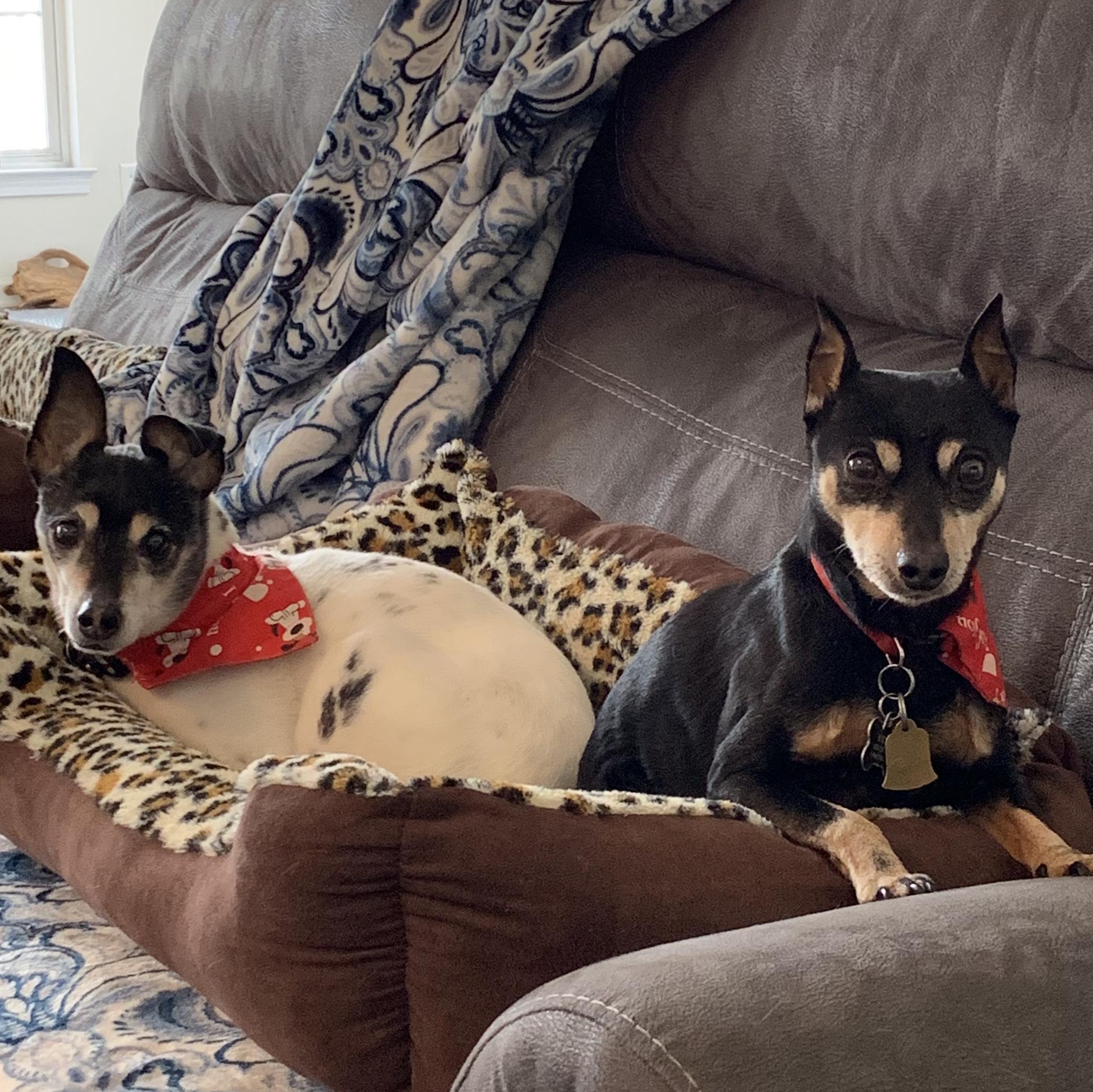Back On Track Together
What is your anchor?
Why Charting Your Course Begins with Dropping Your Anchor by Katie Jay, MSW, Certified Wellness Coach
Director, NAWLS
www.nawls.com
It's nice to have an anchor.
If you're a boat, an anchor means you have complete freedom to sail wherever and whenever you want, but when it's time to stay put, you have a safe harbor.
The sailing analogy works well for weight loss surgery patients, too. I use the metaphor all the time when I talk about being the captain of your own ship. However, I seldom acclaim the "anchor" when I speak on taking charge of one's own life.
If you're a WLS patient, an anchor means no matter how much we waiver from our WLS programs on any given day, there are some tried-and-true options for us that will help keep us on the straight and narrow. Your anchors will always bring you back to a safe place when you go off plan -- and we all do from time to time.
Here are a few of my personal anchors that I rely on when I'm particularly tempted or veering off course:
Don't mess with my breakfast. For me, starting off my day right is easy and tasty. I love cheesy eggs; they're good for me, so I have them every morning. I prefer the consistency in my day, and I don't feel deprived. While I may occasionally veer off course later in the day, this first meal always gets me back on plan.
More than my feet hop on the scale. Some people feel overwhelmed weighing and measuring their food. For me, I find it comforting to know with certainty that I am sticking with my plan. When I am home and able to use the scale with relative ease, I do take advantage of this tool in my own WLS program.
Always plan for a Plan B. This is especially true when you find yourself talking into the metal box at a drive-thru restaurant. If you have a disaster plan set in stone before you pull up, then you'll know what to do when you get there. A certain fast food restaurant, for example, offers chili and a side salad. For me, this menu choice is better than most, and has consequently ended up in the fine print on my contingency plan.
You'll need to tweak your own plan so it works for you when you are tempted or eating at a restaurant. I would encourage you to take some time and think about the anchors in your own program. Let me know what you discover and how well they are working for you.
*********************************************************
Want to Reprint this Newsletter?
If you'd like to reprint any part of this
newsletter, do so with the following credit,
including the copyright line:
From Small Bites, the email newsletter for the
National Association for WLS. Subscribe today and
get your F'REE report, How to Regain-Proof Your
WLS at www.nawls.com.
© 2010, National Association for WLS,
Inc. All rights reserved.
Director, NAWLS
www.nawls.com
It's nice to have an anchor.
If you're a boat, an anchor means you have complete freedom to sail wherever and whenever you want, but when it's time to stay put, you have a safe harbor.
The sailing analogy works well for weight loss surgery patients, too. I use the metaphor all the time when I talk about being the captain of your own ship. However, I seldom acclaim the "anchor" when I speak on taking charge of one's own life.
If you're a WLS patient, an anchor means no matter how much we waiver from our WLS programs on any given day, there are some tried-and-true options for us that will help keep us on the straight and narrow. Your anchors will always bring you back to a safe place when you go off plan -- and we all do from time to time.
Here are a few of my personal anchors that I rely on when I'm particularly tempted or veering off course:
Don't mess with my breakfast. For me, starting off my day right is easy and tasty. I love cheesy eggs; they're good for me, so I have them every morning. I prefer the consistency in my day, and I don't feel deprived. While I may occasionally veer off course later in the day, this first meal always gets me back on plan.
More than my feet hop on the scale. Some people feel overwhelmed weighing and measuring their food. For me, I find it comforting to know with certainty that I am sticking with my plan. When I am home and able to use the scale with relative ease, I do take advantage of this tool in my own WLS program.
Always plan for a Plan B. This is especially true when you find yourself talking into the metal box at a drive-thru restaurant. If you have a disaster plan set in stone before you pull up, then you'll know what to do when you get there. A certain fast food restaurant, for example, offers chili and a side salad. For me, this menu choice is better than most, and has consequently ended up in the fine print on my contingency plan.
You'll need to tweak your own plan so it works for you when you are tempted or eating at a restaurant. I would encourage you to take some time and think about the anchors in your own program. Let me know what you discover and how well they are working for you.
*********************************************************
Want to Reprint this Newsletter?
If you'd like to reprint any part of this
newsletter, do so with the following credit,
including the copyright line:
From Small Bites, the email newsletter for the
National Association for WLS. Subscribe today and
get your F'REE report, How to Regain-Proof Your
WLS at www.nawls.com.
© 2010, National Association for WLS,
Inc. All rights reserved.





